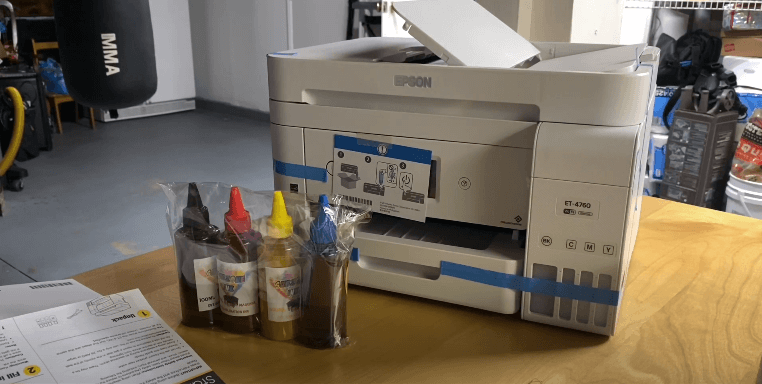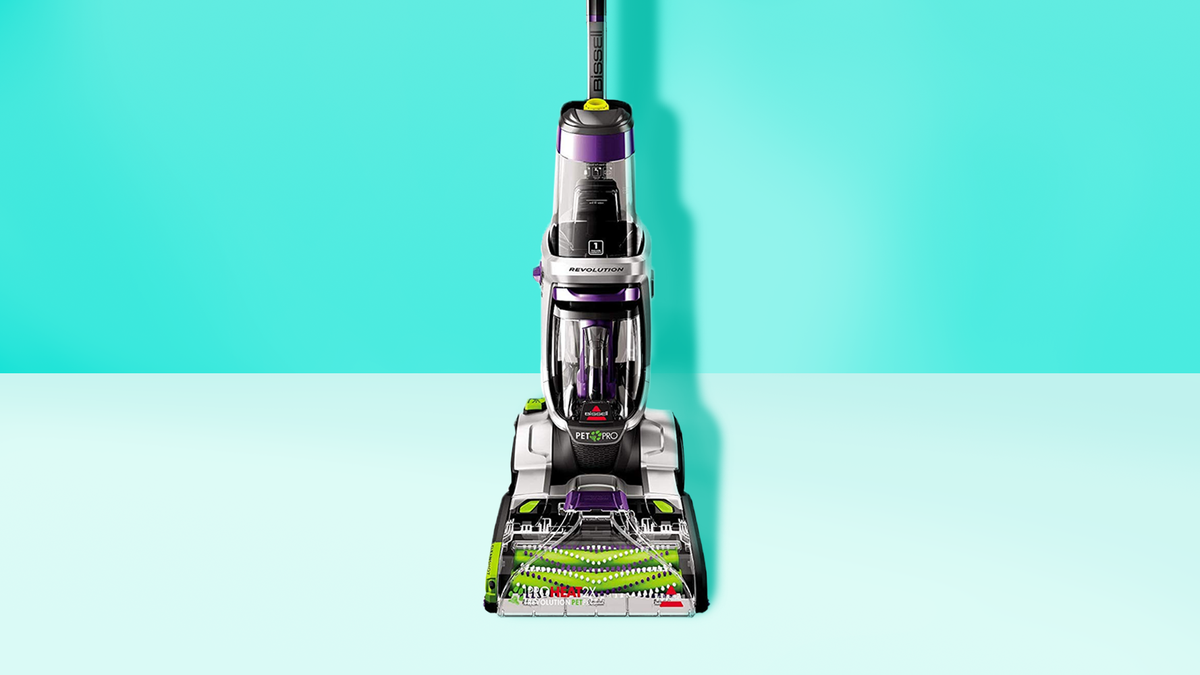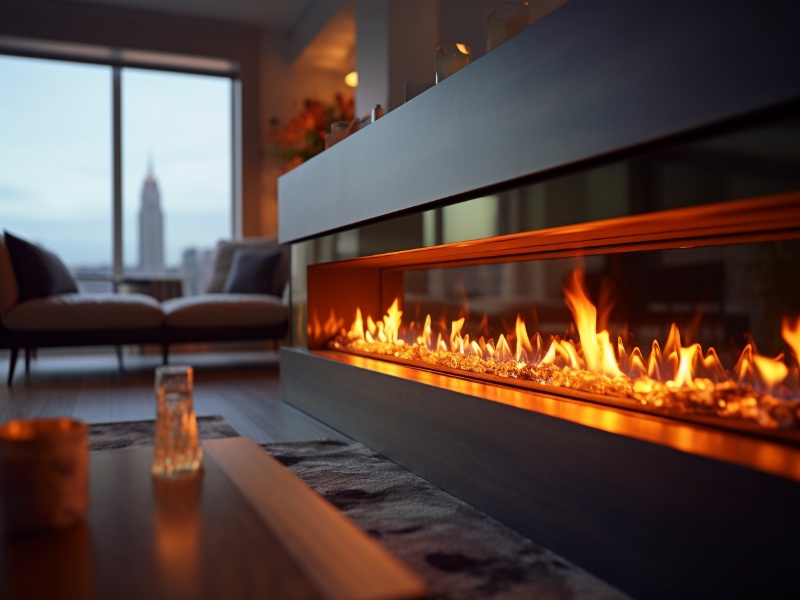Introduction:
A clean and well-maintained computer is essential for its smooth functioning and longevity. Over time, dust, dirt, and grime can accumulate inside your PC, leading to overheating, reduced performance, and potential hardware damage. Regularly cleaning your computer is an important maintenance task that can enhance its performance and prolong its lifespan. In this comprehensive guide, we will walk you through the step-by-step process of cleaning your PC effectively.Gather the Necessary Tools:
Before starting the cleaning process, gather the following tools:- Soft, lint-free cloths or microfiber towels.
- Compressed air canister or an electric air blower.
- Isopropyl alcohol (70% concentration) for stubborn stains.
- Screwdriver (if required to access internal components).
Shut Down and Unplug Your PC:
Ensure that your computer is shut down and unplugged from the power source to prevent any potential electrical hazards during the cleaning process. Additionally, grounding yourself by touching a metal object will help dissipate any static electricity and protect your PC components from damage.Exterior Cleaning:
Start by wiping the exterior of your PC using a soft cloth or microfiber towel. Pay attention to vents, ports, and the power supply unit (PSU). Gently remove any visible dust or grime from these areas. If necessary, lightly dampen the cloth with isopropyl alcohol to clean stubborn stains.Keyboard and Mouse:
Clean your keyboard and mouse using compressed air to blow away loose debris and dust between the keys. For sticky keys or persistent stains, use cotton swabs moistened with isopropyl alcohol. Be cautious not to let any liquid seep into the internal components.Monitor:
To clean your monitor, use a microfiber cloth slightly dampened with water or specialized monitor cleaning solution. Avoid spraying liquid directly onto the screen and gently wipe in a circular motion. Stubborn stains can be cleaned with a mixture of water and vinegar, or isopropyl alcohol.Internal Cleaning:
If you feel comfortable working with hardware components, you can proceed with cleaning the internal parts of your PC. Open the computer case by removing the side panel(s) using a screwdriver if necessary. Ensure you consult your PC's manual or online resources if you're unsure about the process.- Dust Removal: Using a can of compressed air or an electric air blower, blow away dust from the internal components such as fans, heatsinks, and motherboard. Pay special attention to the CPU cooler and graphics card fans, as they tend to accumulate significant dust. Hold the fans in place to prevent them from spinning when cleaning to avoid damage.
- Cable Management: Take this opportunity to tidy up cable management within your PC. Neatly organize cables and secure them with zip ties or cable management accessories. This not only improves airflow but also makes future cleaning and maintenance easier.








